|
Two words can lead you to overeat a snack you don’t even really like.
Those two words would be “low fat.” We’re living in a world of fat-free, carb-free and sugar-free snacks. Most of the time, if we think they are at least low fat, we think “it must be good for us” —even if the snack is loaded with sugar. When Nabisco came out with SnackWell’s, a line of no-fat and low-fat cookies and crackers, they flew off of shelves, gobbled up by the people who believed they could eat them until they magically whittled down into a supermodel. Six months later and about 6 pounds heavier, the low-fat fanatics finally realized that these cookies had about only 30 percent fewer calories than regular cookies. This happens all the time. Often the fat-free version is not much lower in calories than the regular version. For example, each low-fat Oreo cookie has 50 calories. The regular version has just over three calories more.Low-fat labels can lead us to mindlessly overeat a product with guilt-free abandon. Take granola. Where low-fat granola is indeed lower in fat, it is only about 12 percent lower in calories. It does not take a lot of mindless munching to scarf down an extra 12 percent of granola, especially while thinking you are doing your body good. In one study, a French colleague, Pierre Chandon, and I invited people to watch some commercials and a video episode of the “Dukes of Hazzard.” We gave them bags of granola that were labeled as either “Low-fat Rocky Mountain Granola” or “Regular Rocky Mountain Granola,” as we described in the Journal of Marketing Research. In reality, all of the granola was low fat. While people watched the video, they ate the granola. Those given what was labeled as low-fat granola kept munching long after the other group stopped. After the movie, we weighed the remaining granola to see how much had disappeared. It turned out that those eating what they thought was low-fat granola ate 35 percent more, which translated into 192 more calories. When we offered them low-fat chocolate, they loaded up on 23 percent more calories. The low-fat label tricked people into eating more than if the product had a regular label. The cruel twist is that these labels can have an even more dramatic impact on those who are overweight. People who are overweight and eat more than their thinner peers are in danger of really over-indulging when they see something with a low-fat label. The problem is that when we are looking for an excuse to eat something, low-fat labels give it to us.What’s worse than overeating a snack?Overeating one we don’t even really like that much. Few low-fat snacks are nearly as tasty as their regular version.So rather than overeating something you don’t even really like, enjoy the regular version —but only half as much of it.
0 Comments
We have discovered more than 100 changes that lunchrooms can make to nudge students to eat better. For instance, if you show a kid three consecutive pans of vegetables--green beans, corn, and carrots--they’ll take 11 percent more of whatever vegetable is in the first pan. It doesn’t matter what it is. They’re hungry, and what’s first looks best. To help schools visualize how they could go through their lunchrooms and make a bunch of low-cost/no cost changes, I wrote an infographic editorial for the New York Times.[i] One teacher said she even printed this out for her students and had them color it in class. High school math class just isn’t what it used to be. Shortly after the op-ed was published, a television producer wanted to film us doing a before-and-after Smarter Lunchroom Makeover of a middle school. Why a middle school? Apparently elementary students act too random in front of TV cameras (remember that picnic for squirrels?), and most high schoolers aren’t photogenic enough for television--too many strange clothes, weird hair colors, piercings, and uninterested looks. The TV people wanted us to find a middle school that would do a total lunchroom makeover for less than $50--and film it all MTV-style.[ii] After finding the perfect middle school and watching students eat lunches for a week, we isolated ten changes we could easily make for less than $50 total that would probably help them eat better without even realizing it--things like changing the location of the fruit, giving fun names to healthy foods, moving the cookies behind the counter, putting the vegetables first, and so on. The food service director and producer were cool with the changes, so we got to work.[iii]Twenty-five kids were hand-picked to be secretly filmed by three hidden cameras. We hid cameras in a ceiling tile, a hat, and even in our fake water bottle. Everything was set--and then came the catch. We were asked, with the cameras rolling, to predict the sales for each food item. After lunch was over, the smoke cleared, and the dishes washed, we were able to calculate just what had happened. The makeover was a nutritional victory--kids took a lot more salads, fruit sales doubled, white milk sales went up 38 percent, sugary drinks sales dropped by 17 percent, and they ran out of the healthy bean burritos--renamed Big Bad Bean Burritos--for the first time ever. These kids ate an average of 18 percent fewer calories, and they ate better than they typically did.[iv] What didn’t work was putting the cookies behind the counter. We thought this would decrease sales by 30 percent, but it did nothing. Even worse, we predicted that moving vegetables to the front of the line would increase sales by 11 percent, but it instead dropped by 30 percent.[v]What happened? A little bit of sleuthing showed that cookies were the cafeteria’s big “destination food.” They were five inches of hot, freshly baked gooey goodness--the main reason some kids ate school lunch. Wild horses couldn’t have pulled these kids away from the cookies without pulling them away from eating lunch there altogether. The vegetables were a different story. As I mentioned, our lab studies showed that lunchgoers were 11 percent more likely to take whatever vegetable they saw first compared to whatever they saw third. Well, that’s true when three vegetables are in the middleof the serving line, but here we put them in the frontof the line. Nobody scoops up a plate of green beans and then looks for the entrée that goes with it. People pick out the entrée and thenthe vegetable. They didn’t want to take a veggie until they knew what they were having for a main course. When the interview got to this point, the producer asked, “You’ve been doing eating research for twenty-five years. Sales didn’t increase by 11 percent, they dropped by 30. Why were you so far off?” I said, “Well, if we always knew what we were doing, we wouldn’t call it research.” (He seemed amused enough by this answer to not report these missed predictions in his story.) Still, nailing five out of seven predictions was pretty decent. Our prediction report card wasn’t straight As, but it was better than the report cards I got in high school. Most important, we were able to show in real-TV-time how only $38 and two hours of tweaking made a bigger difference than hefty expert commission reports. Where should a school start? Start with the Smarter Lunchroom Movement Checklist below and choose three easy changes to get the ball rolling. When we sit down with the food service directors and managers, we specifically tell them what they’re doing exceptionally well. We then mention that these are some other ideas they can consider, but we ask them to pick no more than three. Some schools want to try everything, but while ambition may soar in the heat of the moment, when it comes to implementation, making more than three changes can seem so overwhelming that often nothing gets changed. Focus on three and save the rest for later. The Smarter Lunchroom Starter List When we do Smarter Lunchroom makeovers, it’s easy to find ten or more easy changes a lunchroom can make overnight or over a weekend for less than $50. Yet for most, even making a couple small changes can have a dramatic impact. Here are easy changes we’ve designed to get you started: To Increase Fruit Sales . . . []Display fruit in two locations, one near the register []Display whole fruits in a nice bowl or basket []Employ signs and suggestive selling to draw attention to the fruit To Increase Vegetable Sales . . . []Give them creative/descriptive names[vi] []Display the names on menu boards and at point-of-purchase To increase White Milk Sales . . . [] Place white milk first in the cooler [] Place white milk in every cooler [] Make sure fat-free (skim) white milk accounts for at least 1/3 of all milk displayed To Increase Healthy Entrée Sales . . . [] Make the healthy entrée the first or most prominent in the lunch line. [] Give the targeted entrée a creative or descriptive name [] Feature it on a menu board outside the cafeteria To Increase the Number of Complete Healthy Meals Sold . . . [] Place key meal items at the snack window2 [] Move chips and cookies behind the serving counter and offer them by request only [] Create a healthy-items-only “grab and go” convenience line[vii] A Full Description of How to Make Your Lunchroom a Smarter Lunchroom can be found in the free chapter below (Chapter 6 in Slim by Design), and additional resources can be found at this link.
References
[i] A nice visual of lunch line redesign is titled just that: Brian Wansink, David R. Just and Joe McKendry (2010), “Lunch Line Redesign,” New York Times, October 22, p. A10 . [ii]The specific show is the MTV-owned show called Channel One. It’s a hip, almost too-cool-for-school program that actually is for school. It shows a 10-minute news feature every morning during homeroom to 5 million kids in America – typically those in the big cities. [iii]The video of this can be found at SmarterLunchrooms.org. Thanks to the Ithaca Food Service Director, Denise Agati for making this happen and sticking with the changes. [iv]This is a great two-part (before/after) video with a lot of energy, good lessons, and some modest laughs. You can find it at YouTube at healthymeals.nal.usda.gov/healthierus-school.../lunchd-part-one and the “after” version at healthymeals.nal.usda.gov/healthierus-school.../lunchd-part-two [v]This works great in the lab, but that’s when you have three vegetables in a row: Brian Wansink and David Just (2011), “Healthy Foods First: Students Take the First Lunchroom Food 11% More Often Than the Third,” Journal of Nutrition Education and Behavior, Volume 43:4S1, S8. [vi]These changes can be so easy even a high school kid could do them. We showed that by having a high schooler we never met implement a vegetable naming program 200 miles away from us. [vii]Nothing makes it easier to choose the right food than when it’s convenient. Here’s some great tips here: Andrew S. Hanks, David R. Just, Laura E. Smith, and Brian Wansink (2012), “Healthy Convenience: Nudging Students Toward Healthier Choices in the Lunchroom,” |
Welcome!Here are some tips, tricks, and secrets on how you and your family can eat to be healthier and happier. They're based on over 30 years of our published research.
Fun InterviewsMost Visited Last Month• For You
• Smarter Lunchrooms • The X'Plozionz Band • Help your family • Kitchen Scorecard • Retracted papers • Grocery secrets • Do kids inherit taste? • Be healthier at work • How not to retire • Estimating calories • Restaurant Secrets • Syllabus template Top 2024 Downloads• Kitchen Makeover
• Smarter Lunchrooms • Smarter Lunchroom Scorecard • Grocery Shopping Hacks • Restaurant Secrets • Write a Useful Syllabus • Workplace Wellness Tips • Healthy Profitable Menus Categories
All
|
||||||||
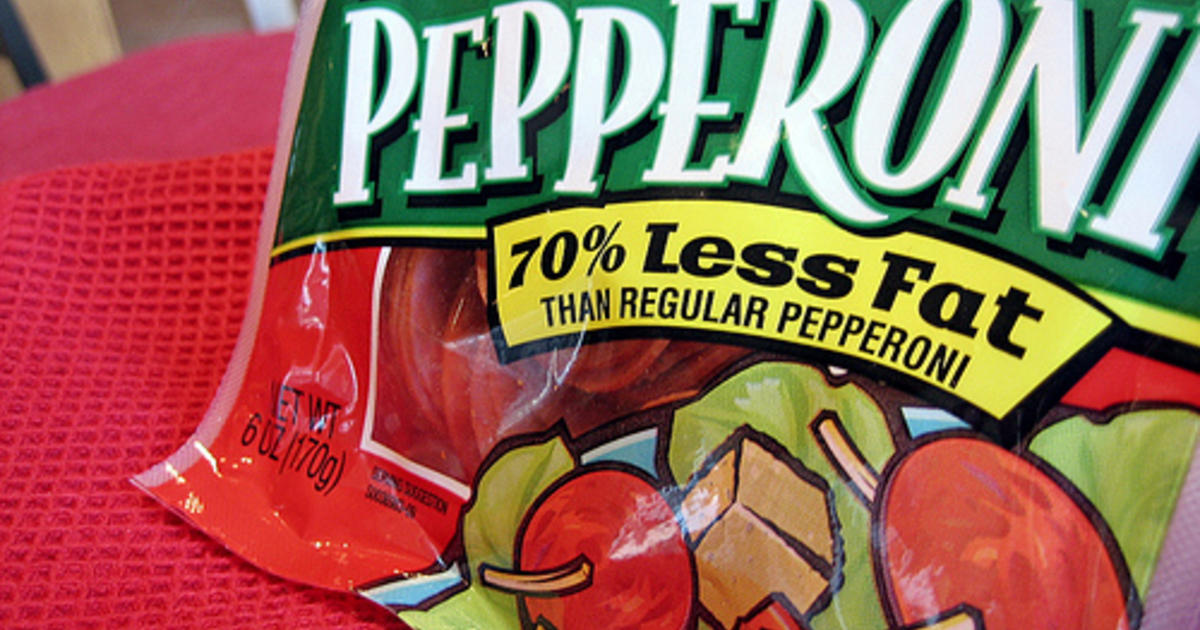
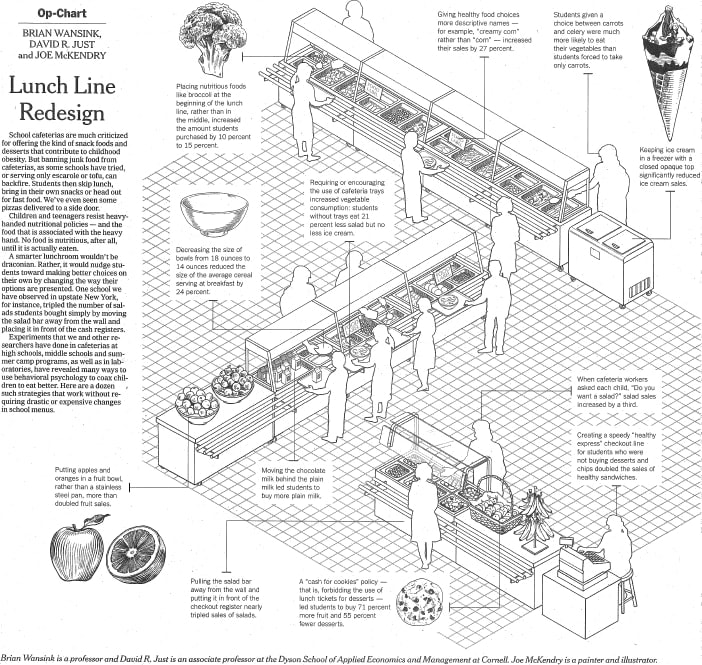
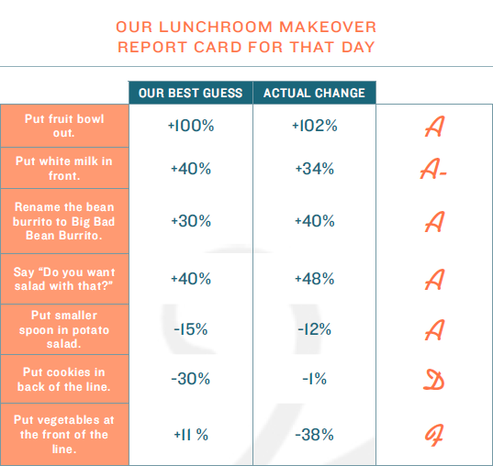
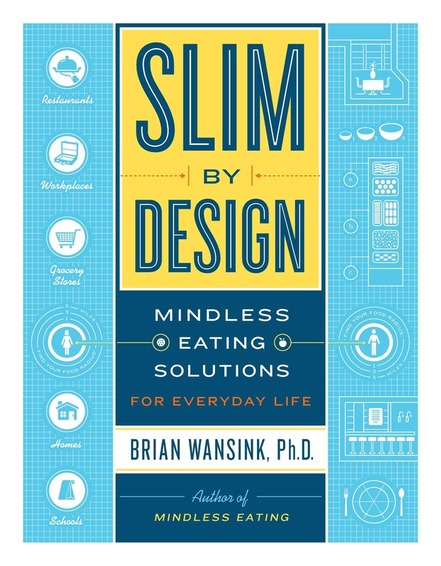
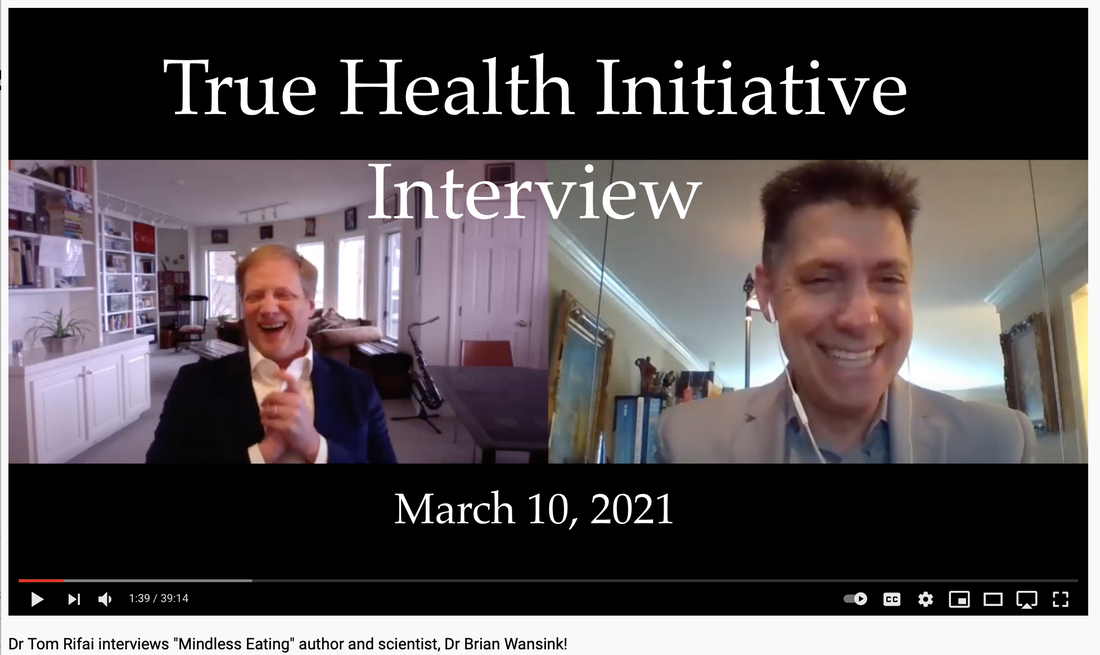
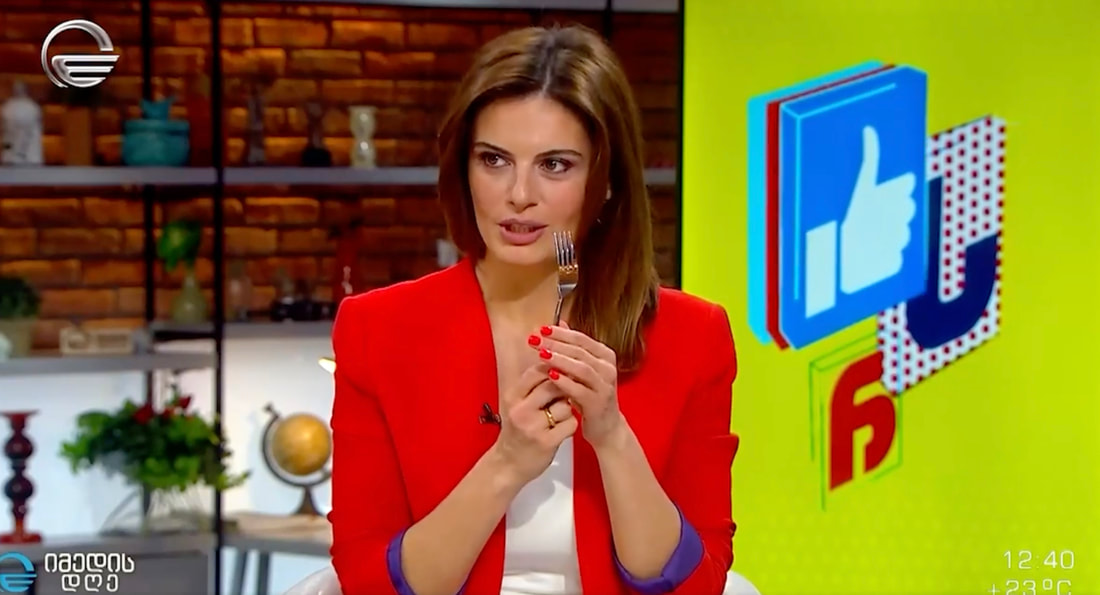


 RSS Feed
RSS Feed